
Ink & Pixel is a source of pride and joy for me as a writer and as such, I’m always striving to take this column further for those who read and enjoy it. If you yourself, or anyone you know, helped to make any of the amazing feature animated films found within this column, I would love to talk to you to further my knowledge. Please contact me at [email protected] so we can discuss it further.
Up until this point in their long standing career as the premiere animation house of the silver screen, Pixar has dazzled us with all walks of character and story. In TOY STORY we watched our favorite childhood toys come to life and set out for adventure, in UP we witnessed an elderly man fulfill a lifelong dream of escaping into the sky, when MONSTERS INC. hit the big screen we learned the horrifying creatures underneath our beds could become our friends, and now, with BRAVE, we’ve been introduced to Pixar’s first female protagonist, Merida.

Not only is Merida a powerful female lead, but she’s also a symbol of change within the industry. The story tied to this spirited, scarlet haired princess of Scotland had forced Pixar to once again think outside their creative box. Due to the film’s technological demands, Pixar found that they were going to have to bring things to the next level if they wanted BRAVE to be a success. Let’s delve a little deeper into this Scottish-themed fairy tale to find out exactly why that is so.
For those who have been living under a bed of moss covered rocks for the better part of a year, Pixar’s BRAVE is the magical story of Merida (Kelly Macdonald), a tough as nails princess of Scotland, and the unbreakable bond she shares with both her mother, Elinor (Emma Thompson), her father, Fergus (Billy Connolly), as well as the lush, war torn land in which they rule. The time has come for Merida to grow up and as such, Merida is forced by the laws of her people to marry from the sons of three neighboring clans in order to maintain peace throughout the land.

Merida, seeing this arrangement as unfair, absconds into the dark forests of Scotland, where upon finding a witch’s dwelling, bargains for more than she ever asked for. Through the use of an enchanted cake, Merida accidentally places a curse upon her mother that turns her into a black bear, one of the most feared creatures that has ever set foot atop the majestic hills of her family’s kingdom. Through danger, love, and understanding, Merida and her mother must then learn to live with each other’s faults and wishes if the curse is to be broken. BRAVE is a story about redemption of the spirit and the eternal bond between mother and daughter.

Written by Brenda Chapman (BEAUTY AND THE BEAST), Mark Andrews (JOHN CARTER), Steve Purcell (CARS), Irene Mecchi (HERCULES), and directed by Andrews and Chapman, Pixar’s BRAVE was intended to pay homage to the fairy tales of Grimm and Hans Christian Andersen. Borrowing elements from the sacred pages of these fairy tale talents, as well as a number of cues from Scottish lore, BRAVE was built to stand out amidst today’s modern approach to story telling as a film rich with wonderment and lessons to be learned.

Though, on a more personal note, it’s known that the combative differences between Merida and her mother, Elinor, experienced throughout the film, were written to reflect the growing concern in Chapman’s heart about her own relationship with her daughter, Emma. For Chapman, BRAVE was somewhat of a cathartic exercise and release from those tensions that many parents experience with their own children. And even though Mark Andrews was later appointed as primary director on the film due to creative differences, Chapman has gone on public record stating that she was “very proud of the movie.” Chapman would have been the first primary female director on a Pixar film. It’s my hope that in the future she’ll have her chance.

Just like any other animated film that we discuss here at Ink & Pixel, an extensive amount of research went into the making of BRAVE. As a matter of fact, 12 key members of the Pixar family were flown to Scotland to experience firsthand where their film would be taking place. It was there amidst the rolling hills, schizophrenic weather patterns, and ruined castles that the team found what was known throughout Scotland as The Callanish Stones. These stones, constructed between 2900 and 2600 B.C. and found on the west coast of Lewis in the Outer Hebrides (Western Isles of Scotland), would serve as a source of magic throughout the film in addition to being a reoccurring set piece for many of the story’s pivotal twists and turns.

Not content to have the stones simply exist as weathered monoliths in the middle of a circular plateau, Team Pixar livened up the stones by adding smatterings of gold dust inlaid into the rock, as well as patches of thick moss, complete with tiny flowers that hugged the base of each stone. These small touches are what gave these iconic stones the appearance of being imbued with magic, signaling to the audience that these were no longer just mere representations of the Callanish landmark, but that they were indeed enchanted.

Pixar has “wowed” us in the past. There is no doubt about that. But in order for BRAVE to be set apart from the rest of their catalog of animated films the team was going to have to pull out all of the stops for Merida and the majestic atmosphere that surrounds her on screen. Chapman wanted the character of Merida to be tough, calculated, and generally unlike the typical Disney princess faire we’ve been fed for most of our lives in the history of them making movies. Merida was made to stand out, as evidenced by her thick, curly, fiery red locks of frazzled hair.

Pixar, in its history of making films, had yet to encounter a character harder to animate than Merida. In fact, an entirely new “hair simulation” system needed to be devised if the look was to be a success. The animators at Pixar worked around the clock to decipher the math that would allow them to control Merida’s unruly strands. There was even a point in the production of the film where it was discussed as to whether or not they should cut Merida’s hair, thereby making it easier for the animators to work with. But Pixar is never one to shy away from a challenge. And with every film they’ve produced there hasn’t been a problem that they haven’t eventually been able to fix. It most likely took many years off the lives of their staff, but eventually, they figured it out.

One has to remember that when creating an image on screen for a computer animated film that a total of 2 million pixels are used to created an image on screen. Each pixel is represented by 3 sets of numbers indicating the combinations of red, green, and blue that are included in each pixel. So that means that every little speck or pixel that you see has its own unique math that colors and shapes the particular pixel. So if 2 million pixels are used to create a standard CG image on screen, how would you feel if I told you that Pixar needs to direct up to 4 billion pixels to create their films? I’ll let that soak in for a moment. We good? Okay.

So not only did BRAVE call for a tremendous amount of tact and artistry to be used in the making of the film, but it also required that its staff get involved with some of the more physical aspects of the filming process. I mean let’s face facts, it’s known throughout history that Scotsman enjoy a good brawl, and BRAVE was set to have plenty of those peppered throughout the film. In order to capture the proper posturing and know first-hand the momentum of the weapons used by the characters in the film, members of the animation staff would meet director Mark Andrews (a combat choreographer and weapons enthusiast) in the Pixar courtyard for early morning weapons training. A camera set off to the side would capture all of the action, allowing the animators to later study and replicate their own moves on screen. That’s a hell of a way to start your morning if you ask me.

Aside from BRAVE emphasizing the importance of the bond between a mother and her child, the film also focused of the idea of true magic existing in the world as we know it. This is perhaps evidenced the most by the inclusion of tiny, gaseous entities that lead Merida to the witch’s house, known as will-o’-the-wisps. These floating, blue ghost-like creatures are said to be formed when swamp gas above the murky water found throughout the land is ignited by static electricity which creates a visible bluish hue. It’s said that when you move toward it the current of your steps against the wind in the atmosphere causes the whisp to move away from you, almost as if it’s beckoning you toward the unknown.

These wisps, along with the indomitable spirit of Merida’s character are what drives the story of BRAVE toward its magical ends. And as lifelike as animation can become at times it’s important to remember and remind the audience that magic does exist on and off screen in this crazy world.
Upon its release, BRAVE pulled in a total of $535,379,132 worldwide. It was the eleventh highest-grossing film of 2012 and, so far, is the eighth highest-grossing Pixar film to date. The film has been celebrated as being one of the most important animated films of recent years not only for its technical achievements but for also creating a strong female lead character outside of the Disney standard. Recently, the film won the award for Best Animated Feature at the 85th Golden Globe Awards, in addition to winning an award from the Women Film Critics Circle for Best Character earlier in 2012.

With the advances in technology that Pixar has achieved with the making of BRAVE it’s difficult not to expect even bigger and better things from Pixar in the future. And although I’m sure many people will groan at the release of PLANES in August of 2013, remember that we’ve also got MONSTERS UNIVERSITY, something called THE GOOD DINOSAUR, THE INSIDE OUT, FINDING NEMO 2, and even a yet-to-be-titled Dia de los Muertos project on the way! I say, bring it on!


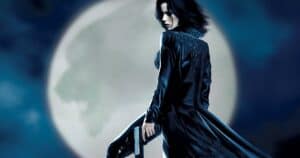
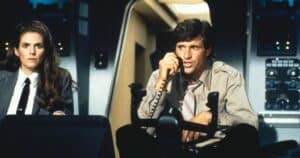
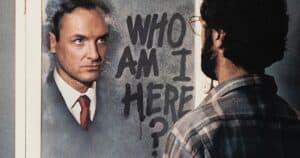
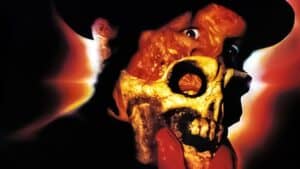
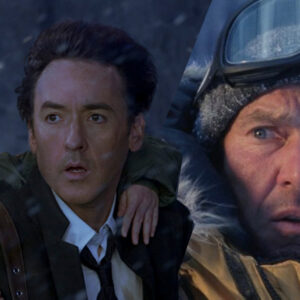

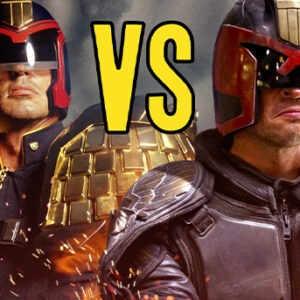
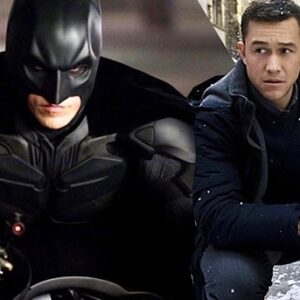
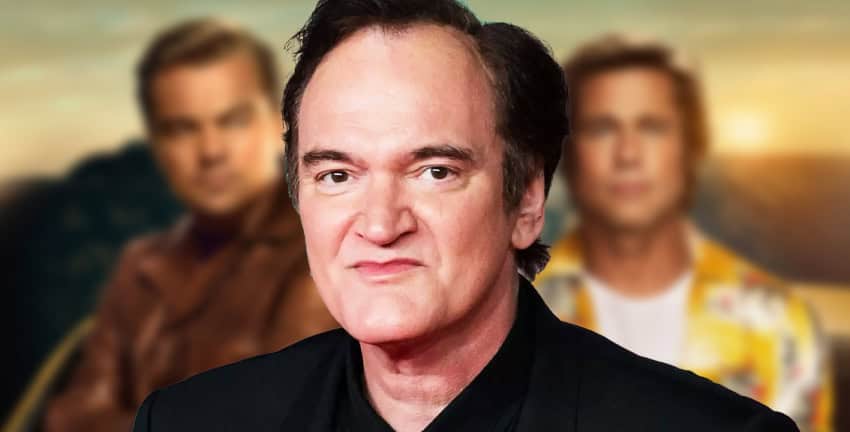
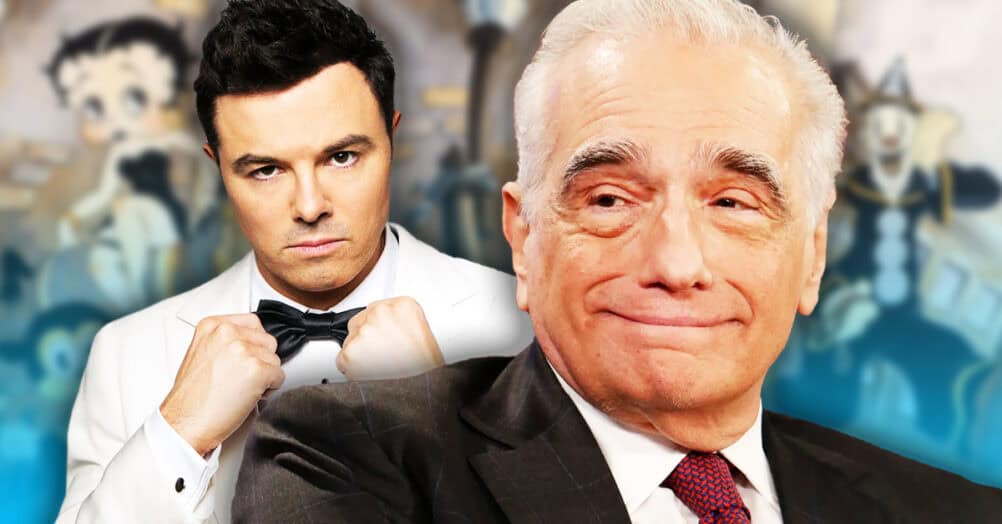
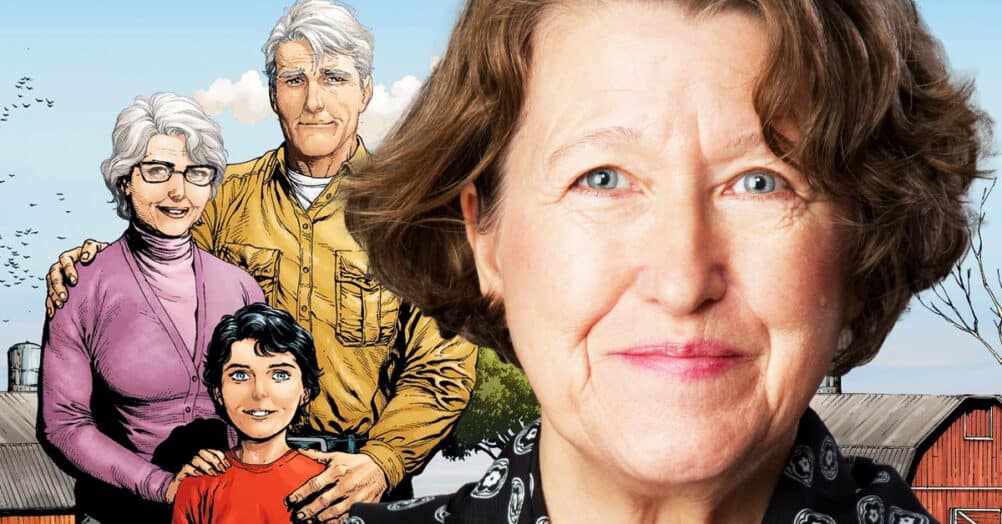
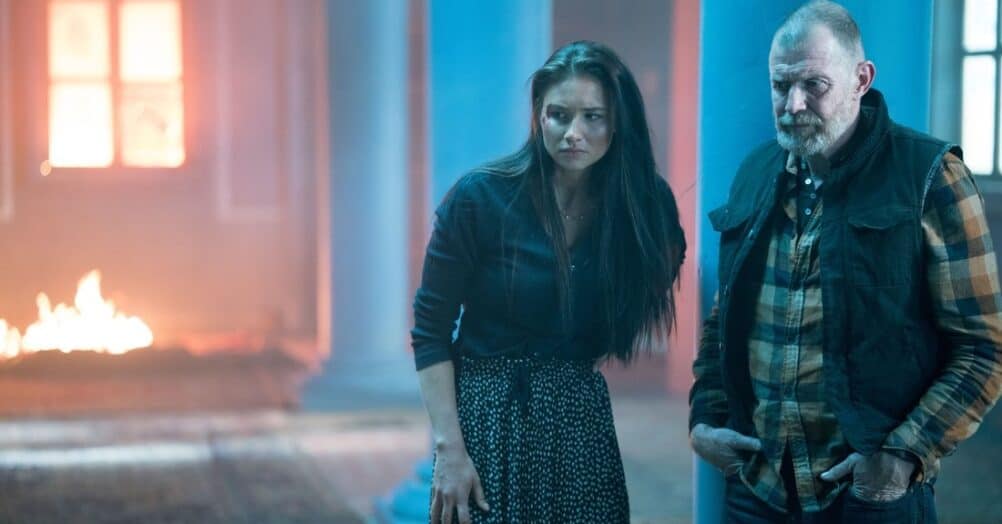
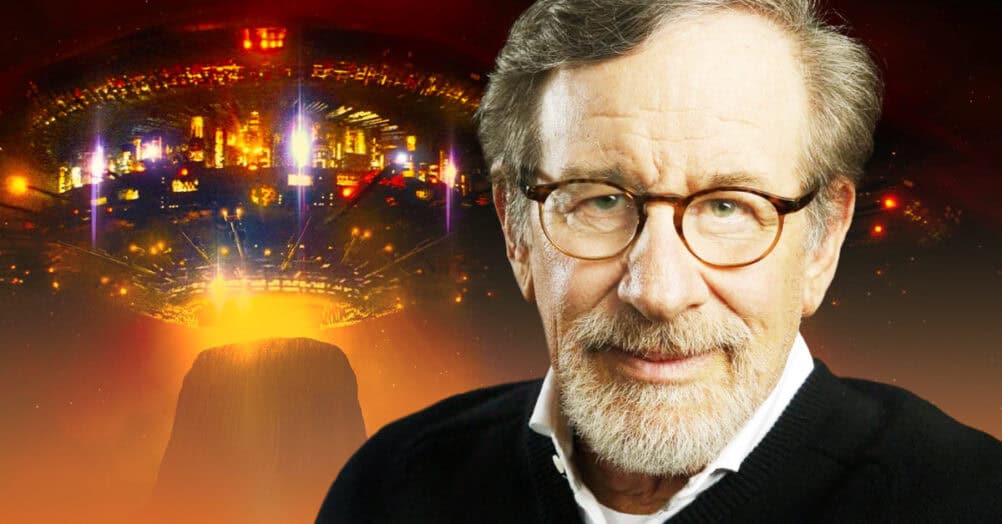
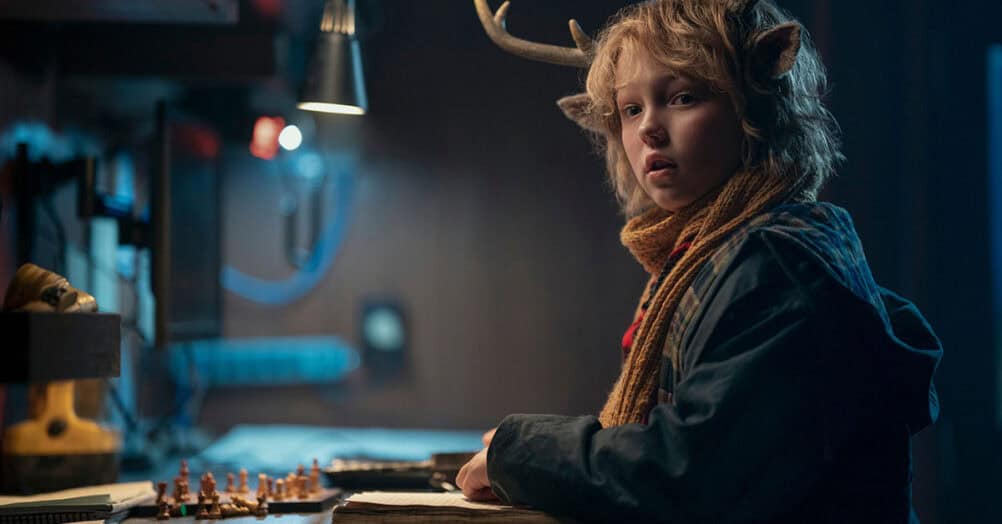
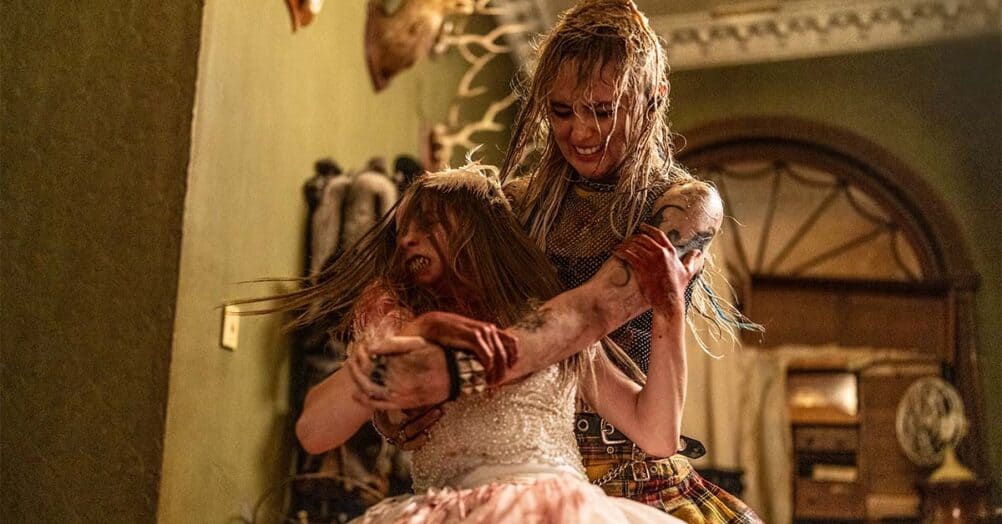
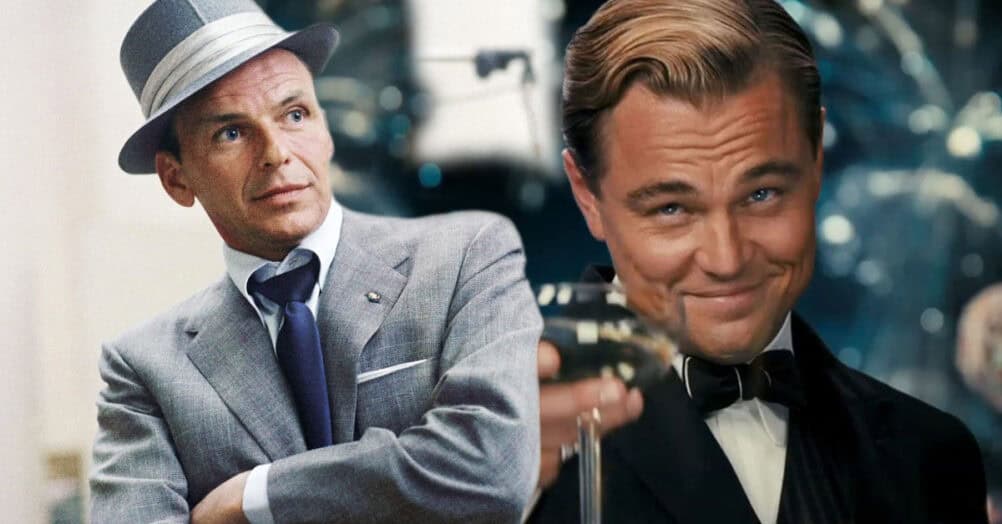
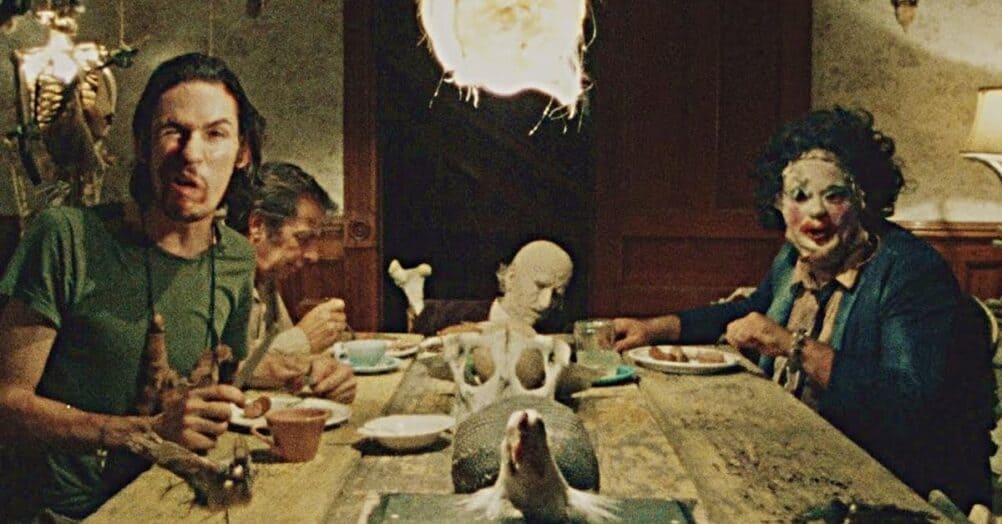
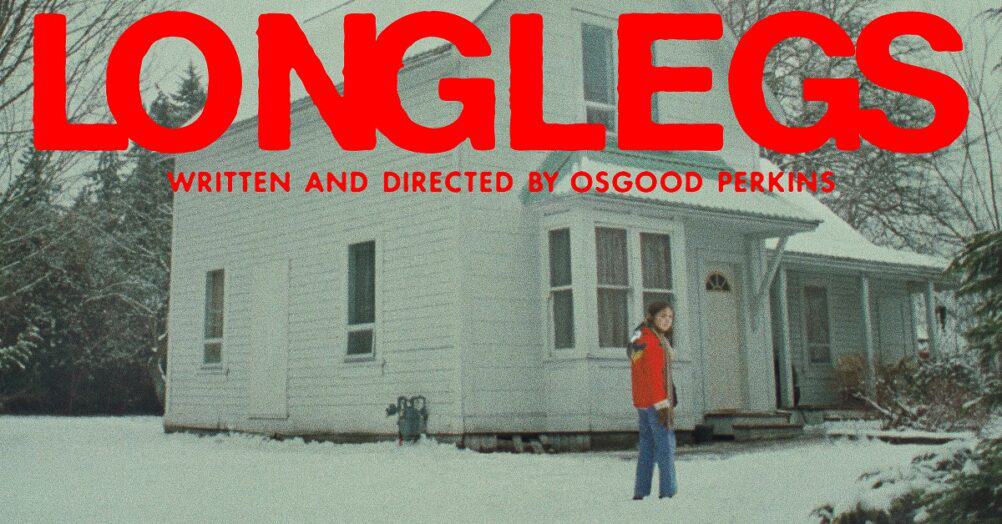
Follow the JOBLO MOVIE NETWORK
Follow us on YOUTUBE
Follow ARROW IN THE HEAD
Follow AITH on YOUTUBE